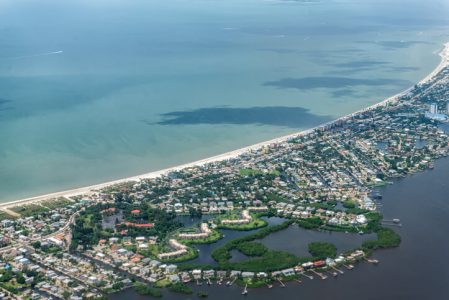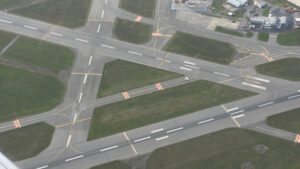Safely Navigating the Gulf of Mexico is Not Just for the Birds
With crystal-clear waters and stunningly beautiful scenery, the Gulf of Mexico is one of the world’s top destinations for recreational and commercial marine activities. Navigating these waters with Gulf of Mexico GPS routes allow for safe and efficient travel while aviation gives access to some of the most remote areas.
In this blog post, we will explore Gulf of Mexico GPS routes and how they can provide reliable navigation in a largely deserted ocean region. We will also discuss aviation safety considerations, navigation equipment requirements and the three main gulf Q routes for reference.
What are Gulf of Mexico GPS Routes?
Gulf of Mexico GPS routes are specialized airways that provide reliable navigation in a largely deserted ocean region. Aircraft equipped with a long-range navigation system (as defined in 14 CFR Part 1, § 1.1) can fly along these carefully charted courses without the need for ground-based navigation aids. By taking advantage of the gulf’s warm climate and crystal-clear waters, operators can reach some of the gulf’s most remote areas safely and quickly.
Benefits of Using GPS Navigation in the Gulf
Using a GPS navigation system for aviation purposes can provide pilots with a wealth of benefits when flying through the gulf, such as:
- Accurate and reliable navigation that allows pilots to spend less time worrying about their route and more time enjoying the scenery.
- Detailed information on wind direction, depths, currents, and other topographic features that can help operators plan their flights more efficiently.
- The ability to avoid hazardous weather conditions and airspace restrictions with greater ease.
- Easier communication with air traffic control in case of any unexpected difficulties or emergencies.
GPS navigation systems are an indispensable tool for gulf operators who seek reliable guidance while exploring some of the gulf’s most remote areas. With its detailed maps and accurate navigation capabilities, a reliable GPS system can help pilots plan their flights more efficiently and safely.

The Three Main Gulf Q Routes
The three Q routes over the northern portion of the gulf—Q100, Q102, and Q105—are especially popular amongst pilots due to their comprehensive data on currents, wind direction, depths, and more. With detailed charts and accurate GPS readings, it’s easy to map out a course that will get you where you need to go safely and quickly.
- Q100 – This route runs along the gulf’s northern coastline from Texas to Florida, providing pilots with reliable navigation in a largely deserted ocean region.
- Q102 – This route begins at the gulf’s eastern shore in Florida and goes west towards Texas. It provides detailed maps of depths, currents, and other topographic features.
- Q105 – This is an offshore route that takes pilots away from the gulf’s coastline and gives them access to some of the deepest parts of the gulf.
Consider these three Q routes when planning your flights in the area to ensure you have all the necessary navigation equipment and safety protocols in place before take-off.
Safety Considerations
When flying in the Gulf of Mexico, safety is paramount. Pilots should always follow standard navigation procedures and double-check their equipment prior to take-off. Be sure to know the gulf’s various visual flight rules, airspace restrictions, and emergency procedures. Additionally, always ensure they have a reliable means of communication with air traffic control in case of any unexpected difficulties.
RELATED READING
RELATED CTS TRAINING










